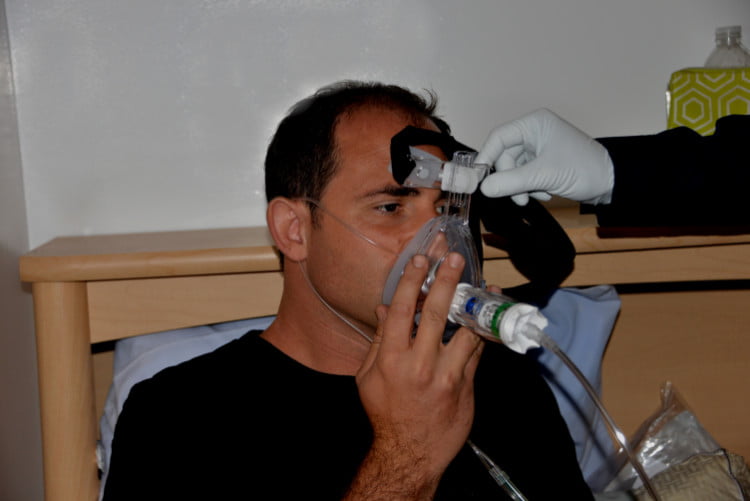
by Mike McEvoy, PhD, NRP, RN, CCRN | Oct 9, 2019 | Articles, Featured Articles
The art of selling CPAP to a patient can make or break chances for success.
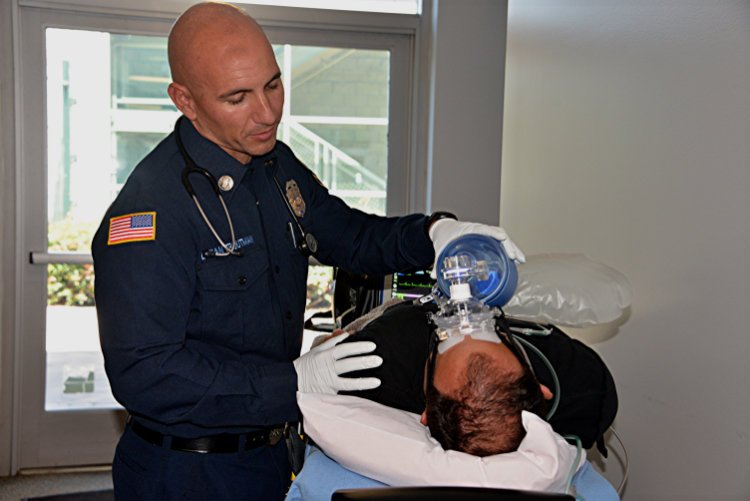
by Steven C. LeCroy, MA, CRTT, EMT-P | Sep 26, 2019 | Articles, Featured Articles
Although the device still works as designed, is still in service and being used by well-intentioned clinicians, it should be on the shelf with the Medical Anti-Shock Trousers, LifePak 5 and Biophone. While change is sometimes slow, and healthcare providers can be described as conservatively fixed, lung protective ventilation is the current standard of care.

by Jake Weinstein, DNP, ACNP, Paramedic and Judson Smith, MHA, Paramedic | Sep 20, 2019 | Articles, Featured Articles
Deployment of CPAP and BIPAP in EMS has evolved over the last decade and is arguably first line intervention for acute respiratory distress for multiple adult populations. Despite these advances, we have left children behind for no reason. Pediatric patients are well...
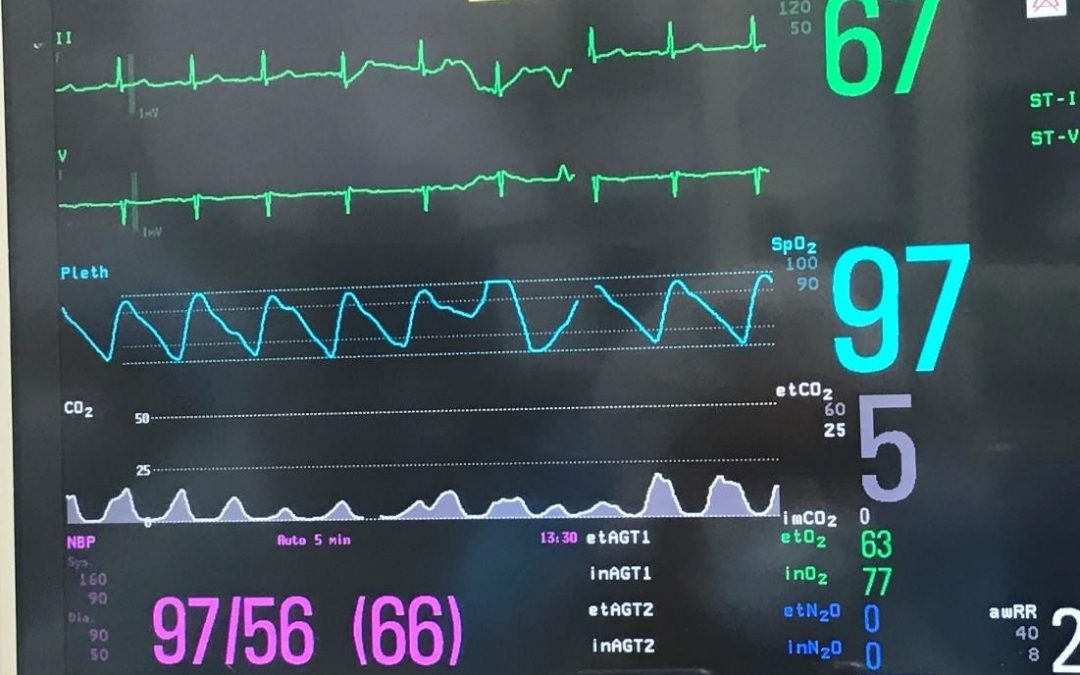
by Gina Farquharson, RRT-NPS, MBA, MS, CPPS and Gregory K. Spratt, BS, RRT, CPFT | Aug 27, 2019 | Articles, Featured Articles
Capnography was first proposed for use in the operating room in 1978 and has since become the standard of care for monitoring ventilation.1 Capnography is rapidly growing in use for intubated and non-intubated applications across hospital environments including the...
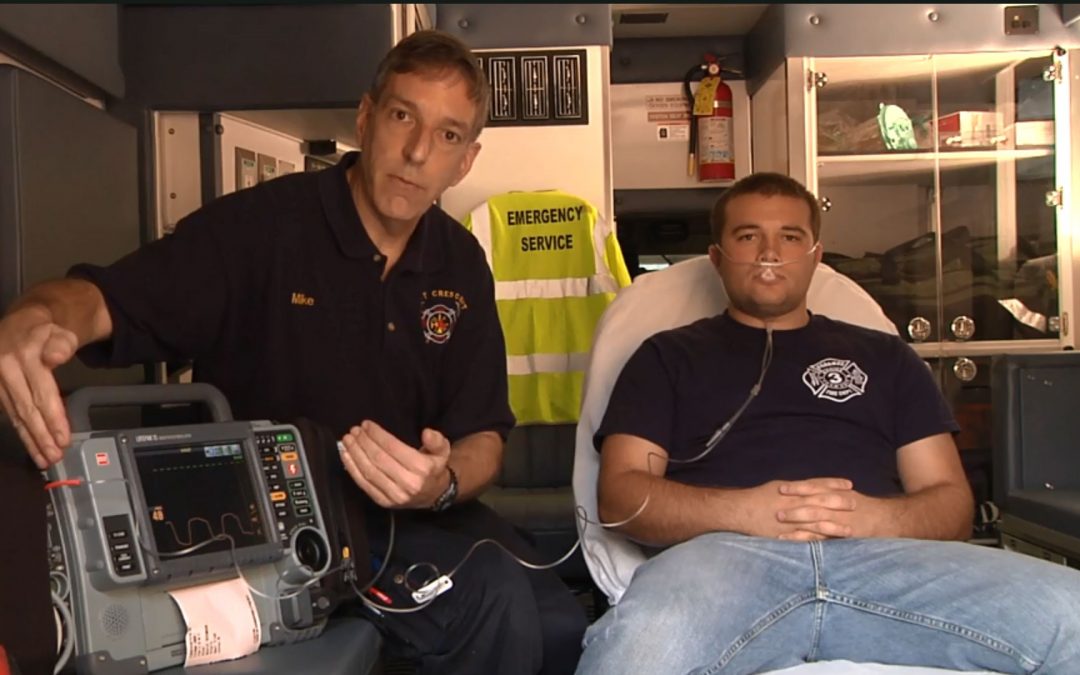
by alicebutters | Aug 14, 2019 | Articles, Featured Articles, Videos
In this video, Mike McEvoy has a primer on basic waveform capnography, using a device to measure a patient’s exhaled carbon dioxide levels.
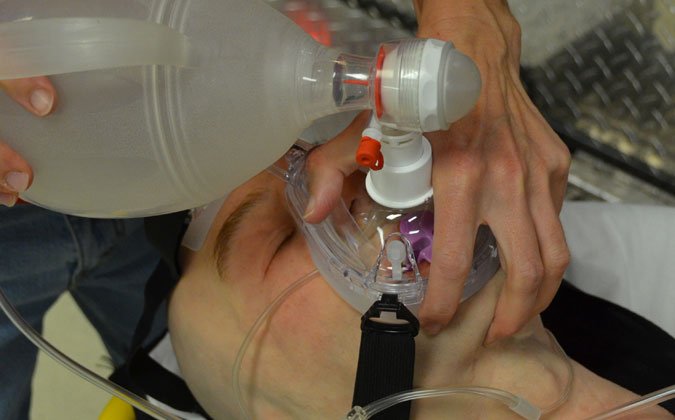
by Joseph P. Hopple, NRP | Jul 31, 2019 | Articles, Featured Articles
Assessing and Treating Deteriorating Respiratory Failure Patients Noninvasive positive pressure ventilation such as CPAP (continuous positive airway pressure) has become a standard of care for the prehospital respiratory distress patients. It helps prevent patients...







Recent Comments